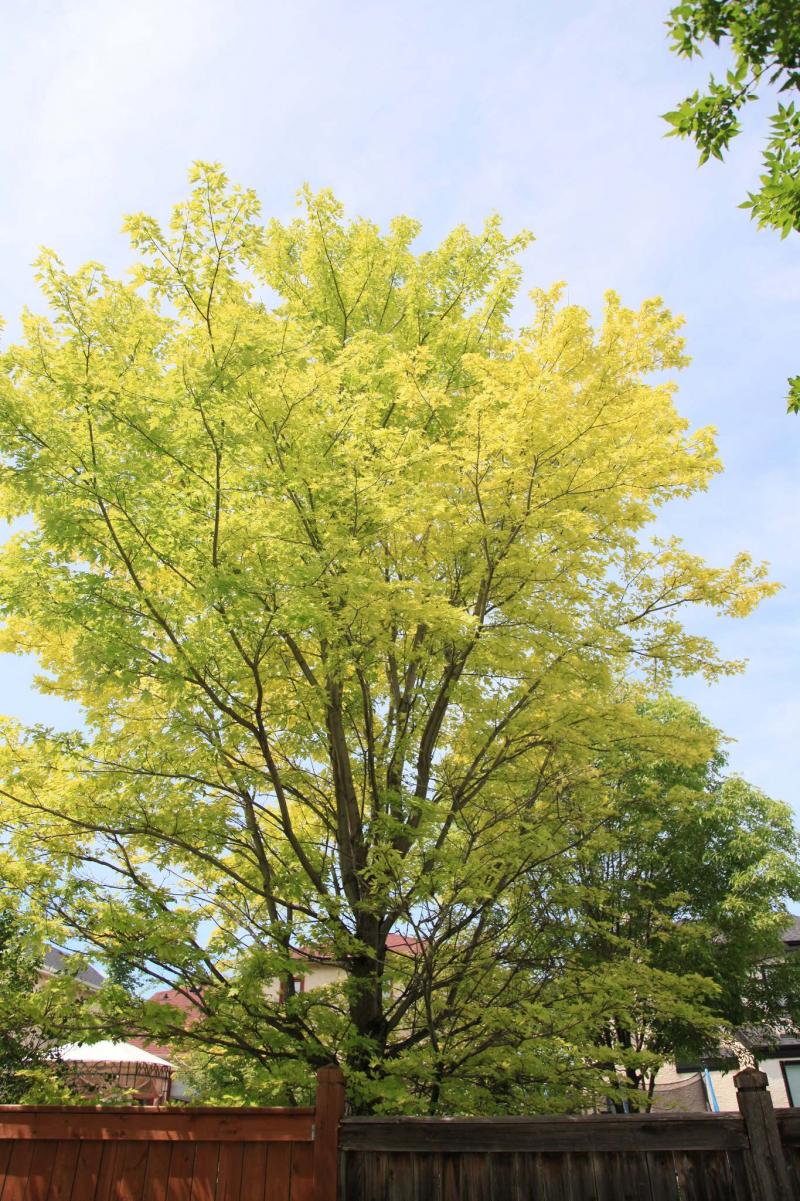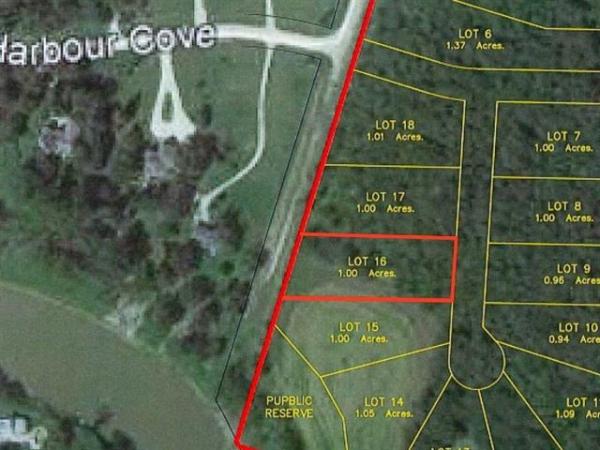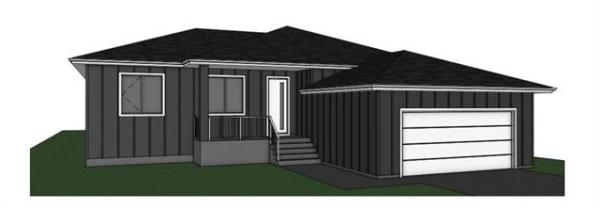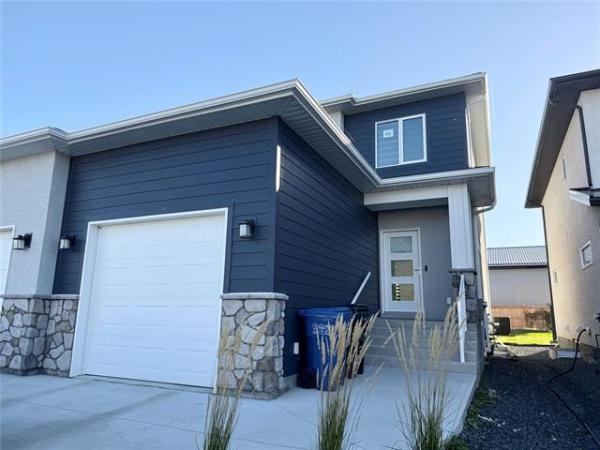
Michael Allen / Winnipeg Free Press
Mature silver maple tree with yellow leaves in June.
In the spring all deciduous trees (those that drop their leaves in the fall) produce green leaves at the start of the season. The leaves of some trees such as certain crab apple and Schubert choke cherry turn predictably an early seasonal colour. They were bred though propagation in the nurseries to do this. Unfortunately, there are many other deciduous trees that turn yellow in June and really should not. The worst of these trees for turning yellow prematurely, especially in eastern Manitoba, are silver maple and Amur maple trees. Why do they do this?
In the greater Winnipeg region, trees are generally planted on the loamy-clay soils that are mostly higher in alkalinity. That means the soils in this area have especially high content of sodium, calcium and magnesium carbonates. Soils in many areas of the Interlake and boreal forest regions have a lower pH and are more acidic. Soil reaction in the environment is rated in part by the pH scale. Acidic soils are generally classified in many areas of the province as having a pH rating of 5.5 to under 7.0, and alkaline soils are generally classified as having a pH rating over 7.0 to about 8.5. A pH of 7.0 is defined to be neutral. The best way to test the soil pH for your area is to purchase a pH metre or use litmus paper manufactured to test acid-alkaline reactions in wet soil solutions. Call around as a number of garden centres and nurseries have these products.
The reason the leaves of certain maple trees turn yellow in June is related to their susceptibility to the higher pH (that is, alkalinity) in the soils. There can be two adjacent properties in the city with a large silver maple tree in each. One property will have maple leaves showing their normal green colour, while the other property will have a maple with yellow leaves. What’s going on here?
The differences in leaf colour may be attributed to one property having neutral or near-neutral somewhat acidic soils producing a normal coloured leaf tree; whereas, the adjacent property has alkaline soils producing yellow leaves. There can be another explanation. The two maples may look the same earlier in the spring but may have what is referred to as differences in the expression of their genes to the soil environment in which they are growing.
Can a larger, older maple tree that had been producing yellow leaves be treated to produce normal green leaves? In my experience, making this transition is going to be very difficult. The process will involve artificially supplementing the acidifying nutrients in the entire soil area where the yellow-leaved maple roots occur.
I am assuming the trees in question are growing on properties where the lawns have been maintained near the trees. This process means the property owner must appropriately fertilize with acidifying products such as elemental sulfur and iron sulfate. I recommend a licensed pesticide applicator be contacted to do this. The products they use will be based on their experience with fertilizing trees with this condition. If you want to do this yourself, please contact me. The fertilizing products must be injected normally in liquid form starting about five to seven feet (for larger trees) and three to four feet (for smaller trees) from the trunk out to about half the height of the tree from the trunk in all directions where possible.
With seriously yellow leaved maples, at least three years of continuous treatment ideally in the spring (fall is possible, too) will be needed to start the process of growing green leaves through the summer. I often see dead twigs and branches on older silver maples as well as young Amur maples that have been neglected. If there are not too many of these dead branches, they should be properly removed from the tree. Too many dead branches usually indicates the likelihood the tree will not survive. If the maples are growing in a natural woodland environment, I do recommend the use of commercial fertilizers. There are other environmentally compatible techniques for incorporating the acidifying products into the soil.
Michael Allen M.Sc.F., RPF (ret’d) is a consulting urban forester, tree diagnostician and certified arborist. He owns Viburnum Tree Experts. He can be reached at 204-831-6503 or 204-223-7709. His website is www.treeexperts.mb.ca.
viburnumtrees@shaw.ca



